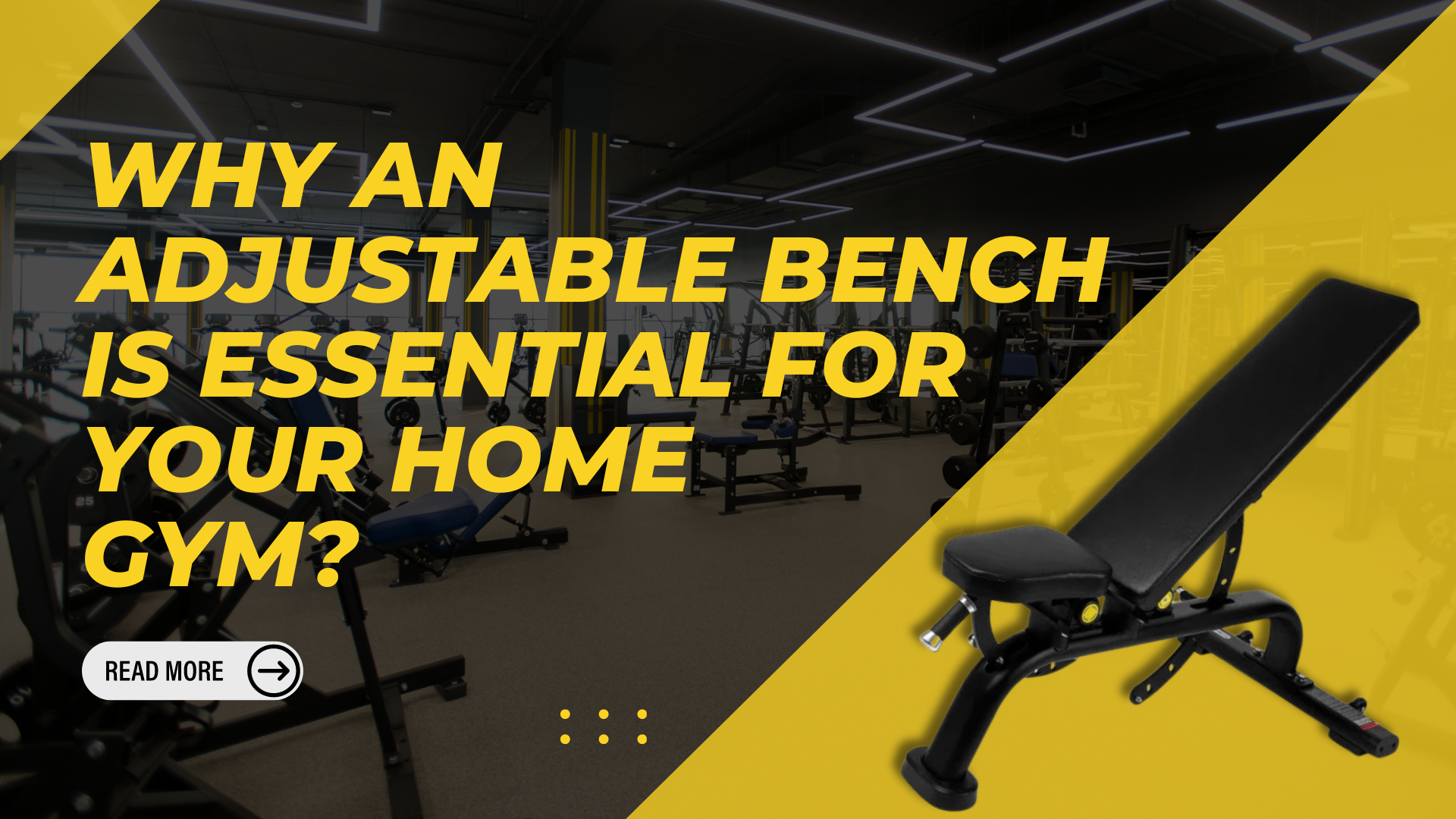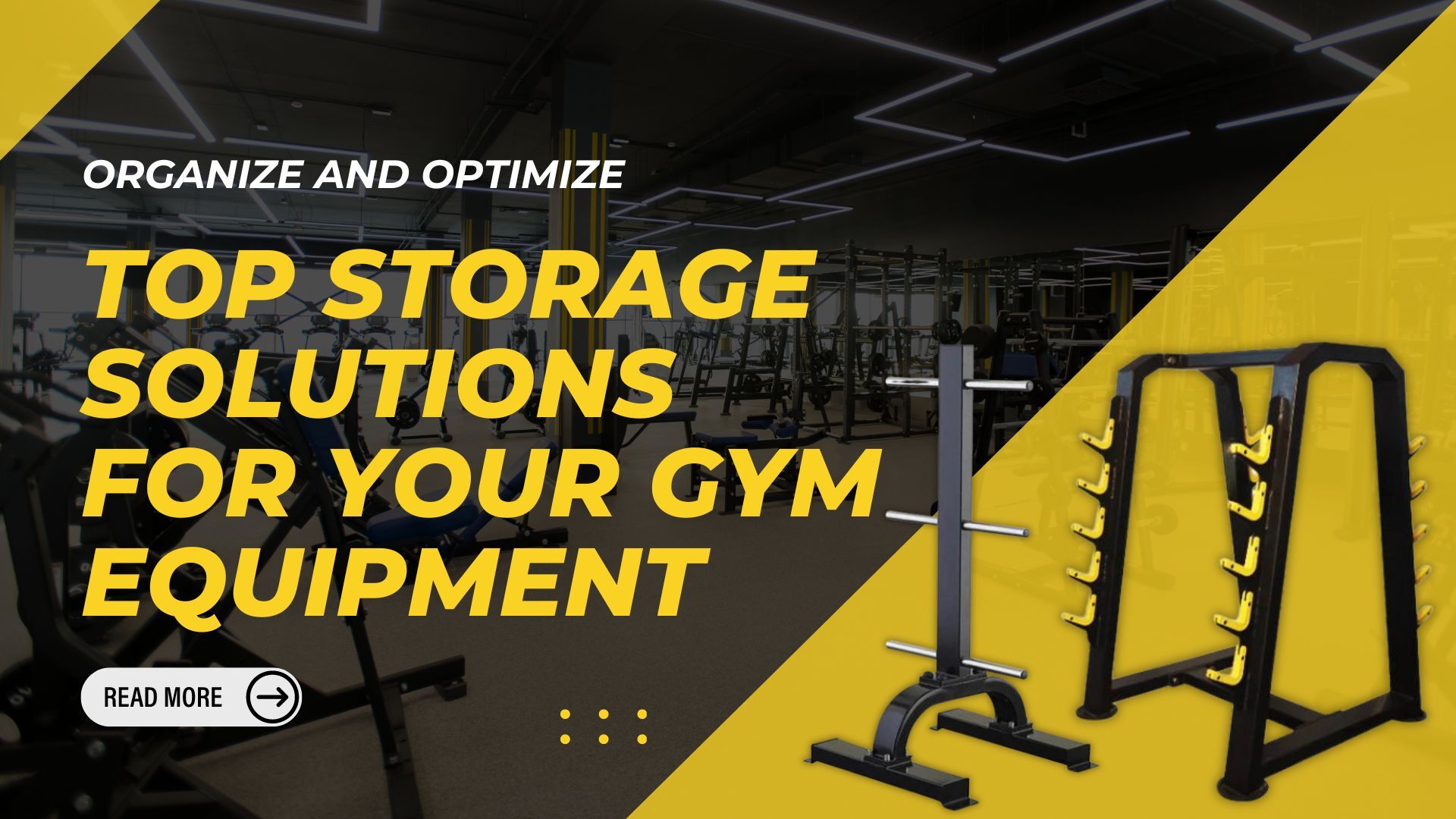What is a rowing machine?
Think of a full-body workout, gliding with every stroke across the water, yet avoiding the boat and lake. This is what a rowing machine brings into your home gym. Usually referred to as a "rower," this equipment piece is designed to vary in fitness exercises, gearing toward replicating the action involved in rowing a boat.
This design allows it to exercise many different muscle groups all at once, providing you with a full-body strength workout for your body and increasing cardiovascular health in the process. No matter whether you're a beginner or an advanced athlete, a rowing machine should be used as part of a workout for anyone to make sure that there is overall power in balance through exercise.
How It Works:
Fundamentally, the mechanism by which a rowing machine works is quite simple. After sitting on the sliding seat, you pull the handle toward your torso, and then the resistance simulates your actually pulling oars through water.
The pulling engages the legs, core, and arms in synchronized effort; hence, it develops into a full-body workout executed in one single stroke. Be it air, water, magnetic, or hydraulic, different rowing machines have their unique ways of creating this resistance; but the principle remains quite the same: to provide smooth, continuous resistance that challenges your muscles while keeping the movement fluid and natural.
Another level of intensity is added by the sliding seat because it works your lower body, so with each stroke, you are working on your legs just as much as your upper body.Essentially, a rowing machine is not just some piece of equipment; it's a way to train both in power and cardio effectively.
Benefits of Using a Rowing Machine
Full-Body Workout: How Rowing Machines Engage Multiple Muscle Groups
Perhaps one of the most compelling reasons to use a rowing machine for your workout is the ability it has to give you a full-body exercise. With every stroke of the rower, you're using your legs, core, back, and arms—essentially incorporating every muscle group.
It takes up to 86% of the muscles, from the push-off position with your legs at the start to pulling it through with your arms at the finish. This makes it such an effective exercise that it enables you to work out at the fullest in just so much less time.
Cardiovascular Health: Benefits for Heart Health and Endurance
Rowing is not just about building strength; it offers some great benefits to cardiovascular health, too. With every stroke, the heart beats stronger, blood flows better, and cardiovascular fitness is improved. The regularity of rowing lowers blood pressure, reduces the possibility of heart illness, and increases lung capacity. In fact, such constant cardio over time will help you boost your endurance so you can do your everyday things with ease and energy.
Low Impact Exercise: Why Rowing is Gentle on the Joints
Where joint health or injury rehabilitation is a concern, rowing provides a low-impact alternative to jarring exercises like running and jumping. In that respect, since the action of rowing is smooth and continuous, this reduces pressure on the joints, making it safe for all people of varying stages of fitness.
While it's easy on joints, it does involve highly intense exercises; therefore, rowing is a sport recommended to all levels: from novices to expert athletes who want to be in shape without going through any possible injury.
Types of Rowing Machines
One size definitely does not fit all with rowing machines. What you get are rather very different kinds of rowers, depending on your fitness goals and preferences, bringing with them unique experiences and benefits. Knowing the differences will help you decide which one works best for you.
Air Rowers: Features and Benefits
Air rowers are a popular choice for those seeking a realistic rowing experience. These machines use a flywheel to generate resistance, which increases as you row harder. This means the resistance adjusts naturally to your effort, simulating the feel of rowing on water. Air rowers are known for their smooth and consistent stroke, making them a favorite among serious rowers and athletes. However, they can be noisier than other types due to the airflow mechanism.
Water Rowers: How They Simulate Real Rowing
If you're after the most authentic rowing experience, a water rower might be the right choice. These machines use a water-filled tank to create resistance, mimicking the natural dynamics of rowing through water. As you pull, you hear the soothing sound of water moving, which can enhance the overall workout experience. Water rowers offer smooth resistance that feels incredibly lifelike, making them ideal for those who want a close approximation of outdoor rowing.
Magnetic Rowers: Advantages and Considerations
Magnetic rowers offer a quieter alternative to air and water rowers. They use magnets to create resistance, which can be easily adjusted through a digital display or manual knob. This type of rower is often preferred for home gyms where noise is a concern.
Magnetic rowers provide a smooth and consistent stroke, and they typically offer more resistance levels, making them suitable for a range of fitness levels. However, they may not feel as natural as air or water rowers, especially for those used to the outdoor rowing experience.
Hydraulic Rowers: Overview and Usage
Hydraulic rowers are often the most affordable and compact option, making them a good choice for those with limited space or a tight budget. These machines use pistons filled with hydraulic fluid to create resistance. While they may not offer the same smoothness or realism as air or water rowers, hydraulic rowers are effective for those looking for a basic, straightforward workout. They’re also highly portable and can be easily stored away when not in use.
How to Choose the Right Rowing Machine
Factors to Consider: Space, Budget, and Features
Choosing a rowing machine is not just about going for the most popular model. First and foremost, think about the available space and your budget. Rowing machines are available in various sizes, so you will need to ensure that the machine fits cozier in your workout space.
If you are strapped for space, you may want to go for either a foldable or compact version of the rower. Budget is important, too—although high-end rowers offer advanced features and durability, the more budget-friendly ones are still able to provide a highly effective workout.
Features to Look For: Resistance Levels, Display Screens, and Adjustable Settings
Various rowers provide a plethora of features that can make your workout very different. Here are some of the key features to help you in your choice:
- Level of Resistance: Opt for the air rowing machine with variable resistance to provide you with a range of exercises in relation to your fitness level and goals. Other rowers have variable resistance levels that are largely versatile in allowing a wide range of intensities.
- Visual Display: Nice visual displays that can track your workout measures, like distance, time, and calories burned. Higher-end units might offer extra features—say, heart rate monitoring or pre-driven workout programs.
- Adjustable Settings: Choose a rower with adjustable settings of the foot straps, seat height, and handle positions for comfort and convenience in rowing.
Comparison: Key Differences Between Types of Rowing Machines
When comparing rowing machines, consider the following differences:
- Air rowers: The resistance in an air rower varies depending upon your rowing intensity. Water rowers make you feel as if you are really rowing by their constant resistance. Magnetic rowers offer adjustable resistance and quieter operation. Hydraulic rowers are compact and generally cheaper than other rowing machines.
- Noise Level: Since air and water rowers have moving parts, they tend to be noisier due to the resistance mechanism involved. Comparatively, magnetic rowers are pretty quiet. Hydraulic rowers are usually very quiet.
- Smoothness and Realism: Water rowers are known to provide the closest experience of the feel of real rowing, an attribute that air rowers can only come close to imitating. Magnetic rowers give very smooth resistance but lack the natural feel of the other two.
Rowing Machine Workouts and Routines
Beginner Workouts: Simple Routines to Get Started
For those new to rowing, starting with simple routines can help build a solid foundation and get you accustomed to the rowing motion. A basic beginner workout might include:
- Warm-Up (5-10 minutes): Start with light rowing at a slow pace to get your muscles ready and your heart rate up.
- Steady-State Rowing (15-20 minutes): Maintain a consistent pace that allows you to keep a conversation going. Focus on your form and technique.
- Cool Down (5 minutes): Finish with slower, relaxed rowing to help your body recover and lower your heart rate.
This routine helps you build endurance and familiarize yourself with the rowing machine without overwhelming your body.
Advanced Workouts: Techniques for Increasing Intensity and Endurance
For more experienced rowers looking to up the intensity, try incorporating interval training and power workouts:
- Interval Training (20-30 minutes): Alternate between high-intensity bursts (e.g., 1 minute of fast rowing) and recovery periods (e.g., 2 minutes of slower rowing). This helps improve cardiovascular fitness and burn calories more efficiently.
- Power Sprints (15-20 minutes): Perform short, explosive sprints (e.g., 20 seconds) followed by a brief rest (e.g., 40 seconds). Repeat for several rounds to enhance power and speed.
These advanced workouts can help you push your limits and achieve higher levels of fitness and endurance.
Rowing Machine Intervals: High-Intensity Interval Training (HIIT) with Rowing
High-intensity interval training (HIIT) on a rowing machine is an effective way to maximize your workout in a shorter amount of time. A HIIT rowing session might include:
- Warm-Up (5 minutes): Begin with a gentle row to prepare your body.
- HIIT Session (20 minutes): Alternate between 30 seconds of intense rowing and 30 seconds of rest. Adjust the intensity based on your fitness level and goals.
- Cool Down (5 minutes): End with a slow, steady row to bring your heart rate back down.
HIIT workouts are excellent for boosting metabolism, improving cardiovascular health, and increasing overall fitness.
Proper Rowing Technique
Form and Posture: How to Row Correctly to Avoid Injury
Proper technique is essential for getting the most out of your rowing workouts and preventing injury. Here’s a breakdown of the correct rowing form:
- The Catch: Begin by sitting on the rowing machine with your knees bent and shins vertical. Grab the handle with both hands and lean forward slightly from the hips. Your back should be straight, and your core engaged.
- The Drive: Push through your legs to extend them while pulling the handle towards your chest. As you push, lean back slightly and engage your core. Your elbows should be bent and close to your body, and your shoulders relaxed.
- The Finish: At the end of the stroke, your legs should be fully extended, and the handle should be pulled close to your chest. Keep your back straight and your core engaged.
- The Recovery: Extend your arms and lean forward from your hips as you return to the starting position. Bend your knees and slide the seat back to the original position.
Maintaining a smooth, controlled movement throughout these phases will help maximize your workout and reduce the risk of strain or injury.
Common Mistakes: What to Avoid for Effective Workouts
To ensure you’re getting the most out of your rowing machine and protecting yourself from injury, avoid these common mistakes:
- Overreaching: Avoid leaning too far forward or extending your arms excessively. This can strain your back and shoulders.
- Pulling with Arms Only: Rowing should be a full-body exercise. Relying too much on your arms and neglecting your legs can lead to an imbalanced workout.
- Slouching: Keep your back straight and avoid rounding your shoulders. Good posture is crucial for effective rowing and injury prevention.
- Inconsistent Pace: Maintain a steady rhythm throughout your workout. Abrupt changes in pace can disrupt your form and reduce workout effectiveness.
By focusing on proper technique and avoiding these common errors, you'll make the most of your rowing sessions and achieve better results.
Maintenance and Care for Rowing Machines
Routine Maintenance: Cleaning and Care Tips
Proper maintenance of your rowing machine ensures its longevity and optimal performance. Here’s how to keep your rower in top shape:
- Regular Cleaning: Wipe down the seat, handlebar, and rail after each use to remove sweat and dirt. Use a soft cloth and mild cleaning solution. For the machine’s frame, a damp cloth can help remove dust and grime.
- Check the Resistance Mechanism: For air and water rowers, periodically check the flywheel and water tank. Make sure they’re free of debris and properly filled. For magnetic rowers, inspect the magnets and resistance mechanism for any signs of wear.
- Lubricate Moving Parts: Apply lubrication to the rail and chain (if applicable) every few months to ensure smooth operation. Follow the manufacturer’s recommendations for the type of lubricant to use.
Troubleshooting: Common Issues and Solutions
Encountering problems with your rowing machine? Here are some common issues and how to address them:
- Unusual Noises: If you hear squeaking or grinding, check for loose parts or lack of lubrication. Tighten any loose screws and lubricate moving parts as needed.
- Resistance Problems: If you’re experiencing inconsistent or no resistance, check the resistance mechanism or water tank (for water rowers). Ensure everything is properly adjusted and filled.
- Display Issues: If the display screen isn’t functioning correctly, check the connections and batteries. Sometimes a simple reset can fix display problems.
For more complex issues, consult the user manual or contact the manufacturer for support.
Top Rowing Machines on the Market
Finding the right rowing machine can make a significant difference in your fitness routine. Below are some of the standout models for 2024, each chosen for its quality, features, and performance:
Air Rowers:
Features and Benefits: The TA Sport Air Rower 838 offers a smooth and responsive rowing experience. Utilizing air resistance, this model adjusts naturally to your rowing intensity, providing a challenging workout. The design is robust yet compact, making it suitable for home gyms where space might be limited.
Features and Benefits: The MF Air Rower Fitlux 818 stands out for its sturdy construction and advanced resistance mechanism. It offers a comprehensive workout experience with multiple resistance levels and a comfortable, ergonomic seat. The built-in monitor tracks vital metrics, making it easier to gauge your progress.
Water Rowers:
WaterRower A1 Oak Rowing Machine
Features and Benefits: The WaterRower A1 Oak is designed to mimic the authentic feel of rowing on water. The handcrafted oak frame is both aesthetically pleasing and functional, offering durability and a quiet, smooth operation. It comes with a performance monitor to track your workout data effectively.
WaterRower Walnut Rowing Machine with S4 Monitor
Features and Benefits: The WaterRower Walnut Rowing Machine combines elegance with functionality. The water resistance system provides a realistic rowing experience, while the S4 monitor offers precise tracking of workout stats, making it a perfect choice for those who want a luxurious and effective rowing machine.
Magnetic Rowers:
Features and Benefits: This magnetic rower from TA Sport offers a silent and smooth rowing experience. It features adjustable resistance levels and an LCD display to keep track of your workout performance. Its compact design makes it an excellent choice for small spaces.
Xterra Fitness ERG700 Air/Magnetic Rower
Features and Benefits: The Xterra Fitness ERG700 is a versatile rowing machine that combines both air and magnetic resistance. It features a large, easy-to-read monitor and a variety of built-in workout programs. This rower is ideal for those looking for a customizable and comprehensive workout experience.
Hydraulic Rowers:
MF Hydraulic Rowing Machine MF-7701R
Features and Benefits: The MF Hydraulic Rowing Machine MF-7701R is a compact and affordable option that doesn’t compromise on quality. It uses hydraulic resistance, making it quieter and more suitable for smaller spaces. The adjustable resistance levels and compact design make it an excellent choice for beginners and those with limited workout space.
Conclusion
Add a rowing machine to your fitness regime, and you will be performing at an altogether different level of workouts that transform your overall health. Rowing machines give you a full-body workout with cardio benefits and strength all in one powerful exercise. From increasing stamina to building muscle and even living a healthy lifestyle, you will have the right rowing machine for these purposes.
Recap of Key Points:
- Benefits: Rowing machines provide a full-body workout, improve cardiovascular health, and are gentle on the joints.
- Types: Different rowing machines, such as air, water, magnetic, and hydraulic rowers, offer unique benefits and experiences.
- Choosing the Right Machine: Consider factors like space, budget, and features to select a rowing machine that fits your needs.
- Workouts and Technique: Implement effective workouts and maintain proper form to maximize benefits and minimize the risk of injury.
- Maintenance: Regular care and troubleshooting ensure your rowing machine remains in top condition for years to come.
Call to Action:
If you’re ready to elevate your fitness routine, investing in a rowing machine is a step in the right direction. Choose the model that aligns with your goals and preferences, and start rowing toward a healthier, more active lifestyle. Whether you’re a beginner or a seasoned athlete, a rowing machine can be a valuable addition to your home gym, offering both versatility and efficiency.








